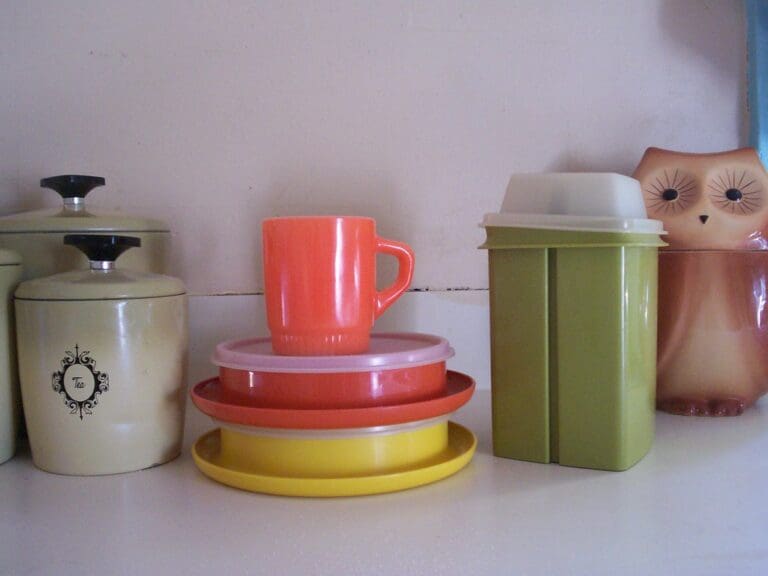After 50, with kids grown and out of the house, many couples find themselves with more space than they need. The following tips will help you decide if downsizing makes sense for you and how to do it the right way.
20. Analyze the Financial Benefits

For empty nesters, downsizing with less space to heat, cool, and clean might seem like a no-brainer. However, with inflation driving up mortgage rates and high home prices, you need to consider the financial benefits. Run the numbers and determine if you would see a financial gain by selling and purchasing a smaller house.
19. Paying Off or Eliminating Mortgage and Debt
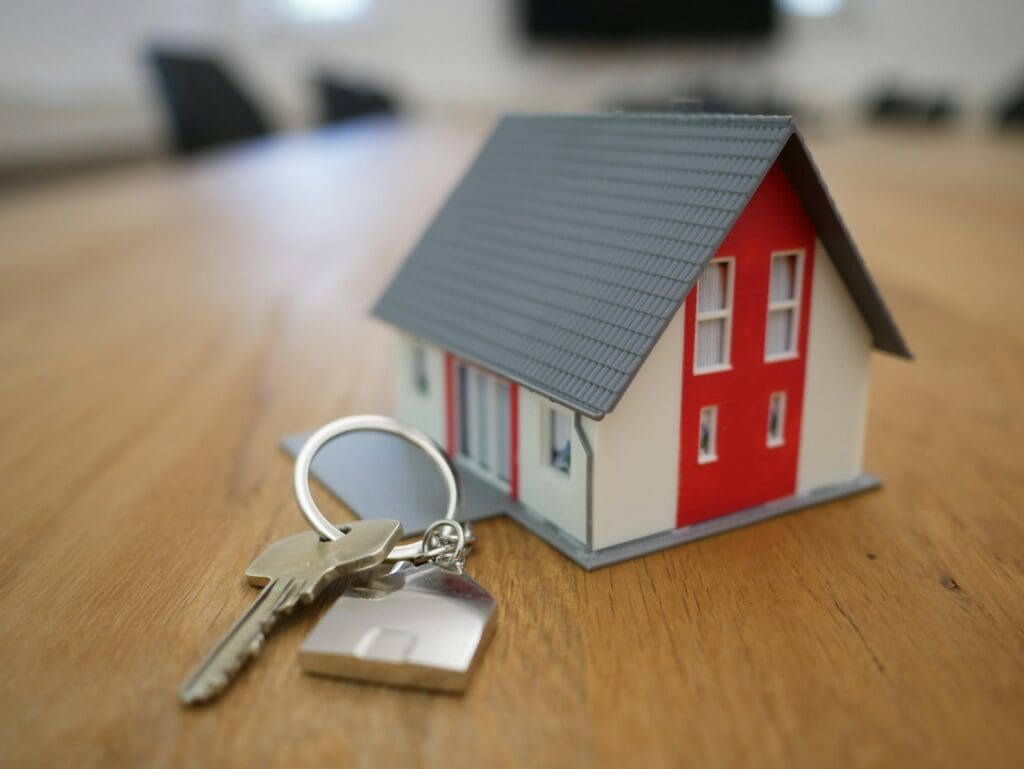
In many cases, downsizing is driven by the financial aspect. Selling your home may allow you to use the proceeds to purchase a new home with cash and eliminate having a mortgage. Similarly, you may be able to put a large amount down and only have a small mortgage payment. Downsizing may also allow you to save money and pay off debt.
18. Seek Amenities Over Square Footage
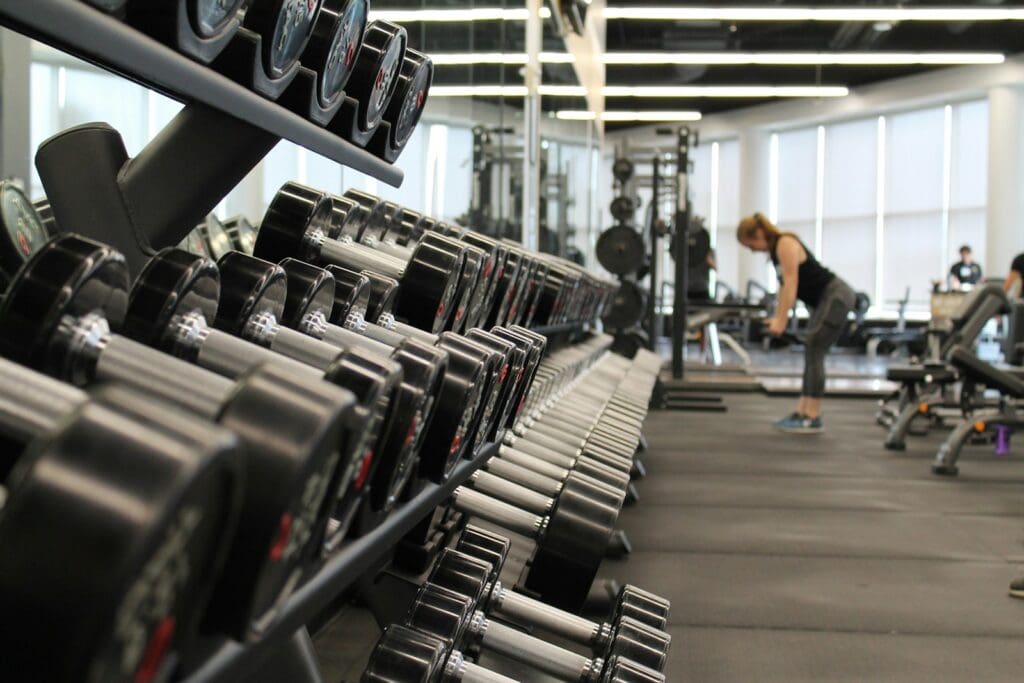
When downsizing, you may want to seek out a location that provides certain amenities that allow you to let go of even more stuff. For example, a clubhouse with a gym or nearby access. A community pool means no more chemicals to store. A complex with maintained grounds eliminates the need for hanging onto yard tools or mowers.
17. Take Pictures Before You Begin

Before you begin decluttering and downsizing, take photos of every room of your house and your belongings. It’s natural to have feelings or moments of regret over the items you let go of. Having photos of the items, especially those that hold sentimental value, will allow you to hold on to the memories.
16. Measure Everything
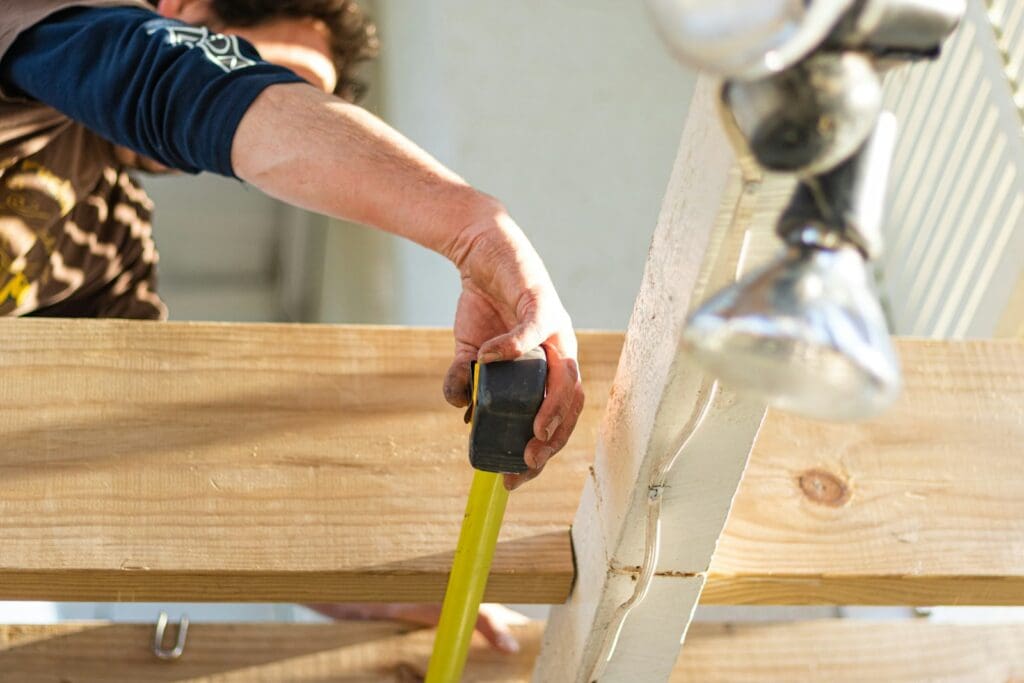
If you plan on downsizing to a new home, measure all of your belongings in your current home and the space in any new home you are considering to determine whether items will fit. You may have to part with certain pieces of large furniture items and replace them with something smaller.
15. Sort by Category

Downsizing and decluttering can be an overwhelming process. Many times, it’s hard to know where to begin. To that end, it can be helpful to sort by category. Clothing is the easiest category to start with. Sentimental items are the hardest. Start with the easiest items, such as clothes, books, paper, and miscellaneous items. Save the sentimental items for last.
14. Pare Down Items You Have More Than One Of

A good rule of thumb for reducing items is “one of each item only.” For any items you have more than one of, pare it down to only one. Ask yourself: “Do I use one of these more often than the others?” Go with the one that gets the most use. Keep the good scissors and ditch the others.
13. Consider How Difficult it Would Be to Replace the Item

Many people keep things because they believe they may need them someday. One method of determining what to hang onto or let go of is to consider how difficult it would be to replace. Some things are easily replaced. It’s often worth it to sell things and replace them with other items that will fit better in your new space.
12. Consult With Family Before Tossing Sentimental Items

You may have things in your home that were passed down through generations and hold sentimental value. If you don’t think you will use them or have room for them after downsizing, talk to your family first. Someone may want the item and have the space. Find out what items they are interested in and would like to keep.
11. Sell or Donate Anything You Won’t Use in Your New Home

After speaking to your family to determine what sentimental items they would like, you can then assess the remaining items. It eliminates assuming what others may find sentimental or not. If you have any sentimental items no one in your family wants, and you won’t use them in your new home, you can choose to sell them or donate them.
10. Ditch Bulk Goods

If you bought certain items in bulk, it may have been a good idea at the time. However, when you’re trying to downsize, eliminating bulk is part of your goal. You might be able to recover some or all of your investment in the excess items by holding a sale yard sale or selling them online.
9. Clear Out Your Storage Unit

For many people, storage units are someplace they end up storing all of their “maybe items” that they don’t use very often or at all. Clearing out your storage unit eliminates unnecessary spending. Host a yard sale, donate items, take items to the dump, or hire someone to haul the stuff away.
8. Evaluate Your Entertaining Habits

Consider your social activities when downsizing. Will you still need extra tables, chairs, dishes, a bar, and so on in your new home? If your gatherings with family and friends will occur less often, you may not need to hold on to all these items. Also, it may be time to pass the torch to another family member with a large space to take on the role of host.
7. Adopt a Policy of: “One In, One Out”

When you are downsizing, it is crucial you not continue accumulating things. One simple way to do this is by adopting a “one in, one out” policy. For every item you acquire, you must get rid of another item. You can apply this to a category, such as clothing, or all your belongings.
6. Get Storage Containers and Cabinets That Fit Your Downsized Space
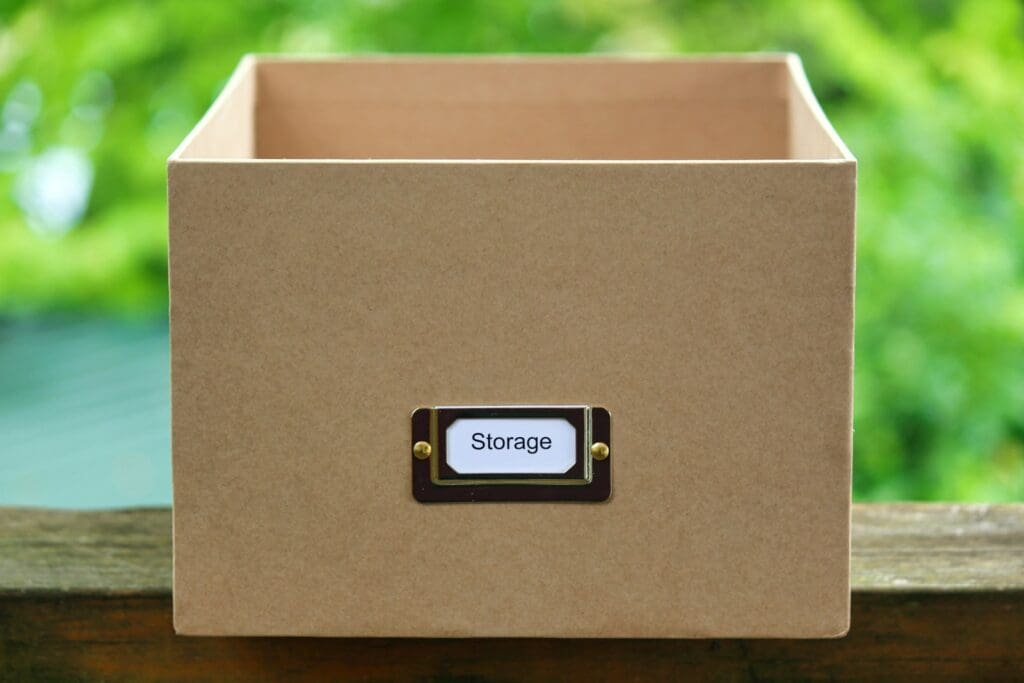
A way to ensure your new home will be organized when you move in is to get storage containers that will fit in your new closets and cabinets. That way, you are eliminating clutter from the moment you move in. You can also put storage cabinets in certain rooms or inside your garage.
5. Don’t Create a “Maybe” or “Undecided” Pile

When decluttering, some people create a so-called “maybe” or “undecided” pile of items they can’t decide whether to eliminate or keep. The problem with doing this is most of these items find their way back into the “yes” pile. The only way to successfully declutter is with a firm “yes” or “no” from the outset.
4. Get Kids Involved in Clearing Out Their Things and Rooms
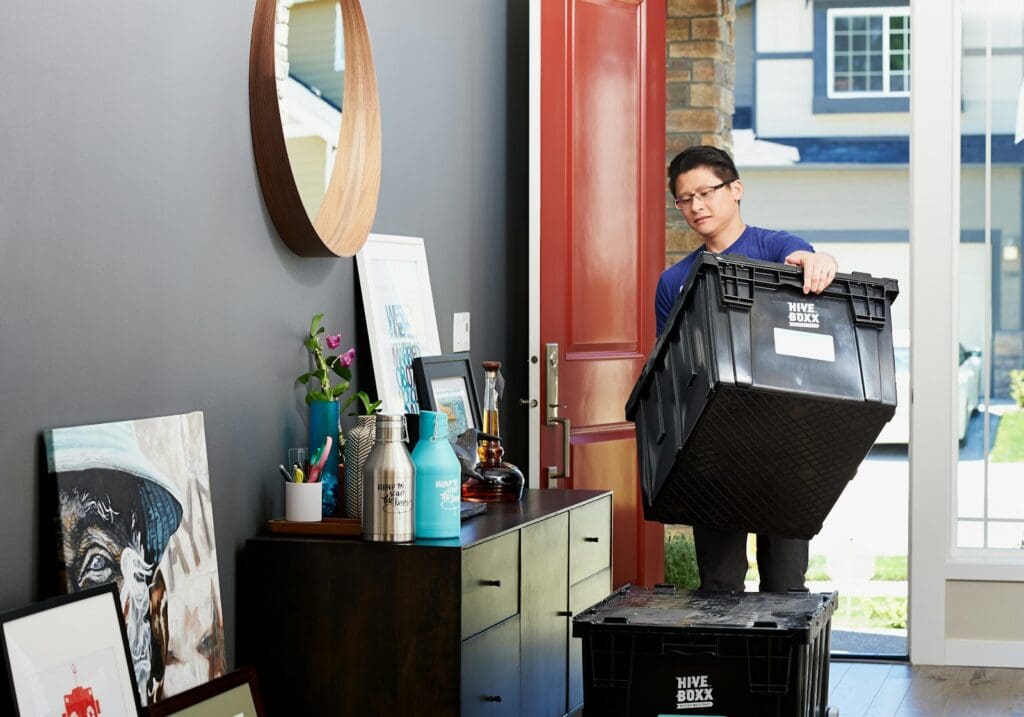
Even if your kids are grown, you may have held onto their things for sentimental reasons. Get your kids involved in going through their belongings. If they don’t want it, why should you hang onto it? If it’s still usable, donate or sell it. These unused items may be occupying the space you need.
3. Consider Digitizing Photos

Instead of holding on to numerous bulky photo albums, save space by digitizing them. Either take a digital photo of each physical photograph or snap a pic of the pages in your photo album. That way, you can still view your photographs without taking up physical space. Even better, digital photos are easy to share with other family members.
Read More: Experts Reveal the Dos and Don’ts of Drywall Repair
2. Digitize Old Documents Then Shred Them

Invest in a sheet feed document scanner. Scan all your old and important paperwork. Keep the digital copies and shred the hard copies. The IRS will accept digital receipts so there’s no reason to keep a lot of paper. The only exception to this are any documents you might need to present the original of.
Read More: Dry Cleaners Share the 10 Worst Laundry Mistakes You’re Making
1. Get a Safe Deposit Box
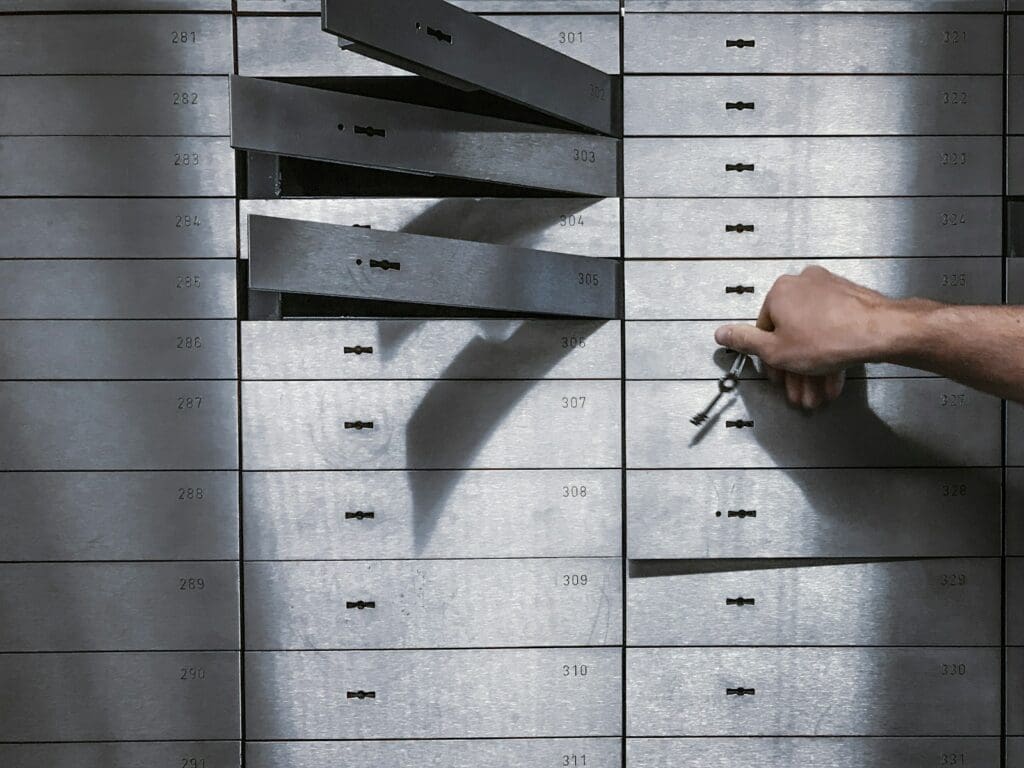
If you have valuables in your home you may want to consider, at least temporarily, getting a safe deposit box at your bank. This will help ensure that these items do not get lost or stolen during the move into your new home. Keep them there until you are completely moved into your new home.
Read More: New Year, New Home: 10 Ways to Improve Your Space in 2024







